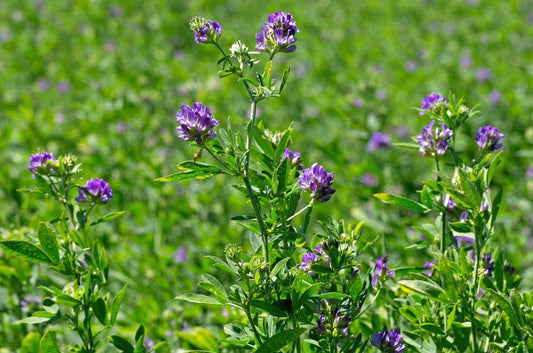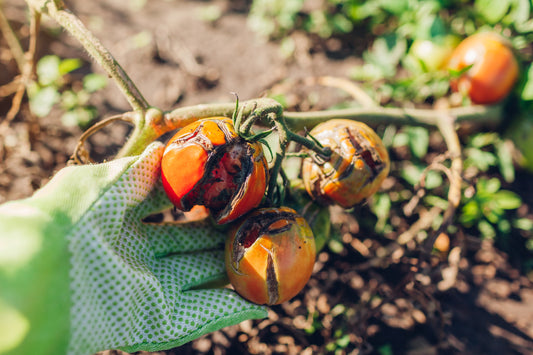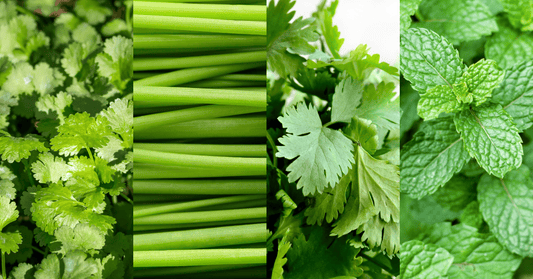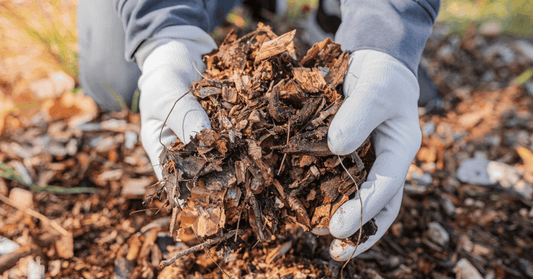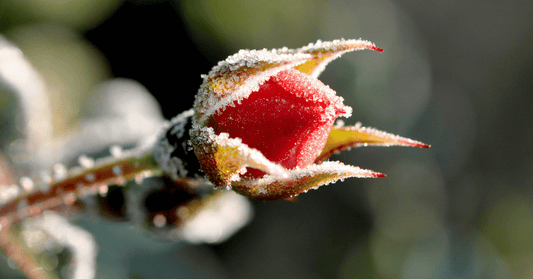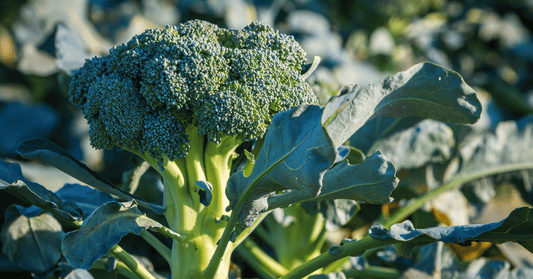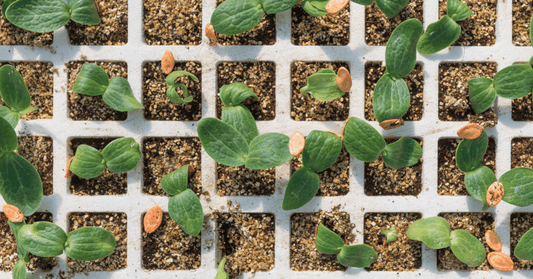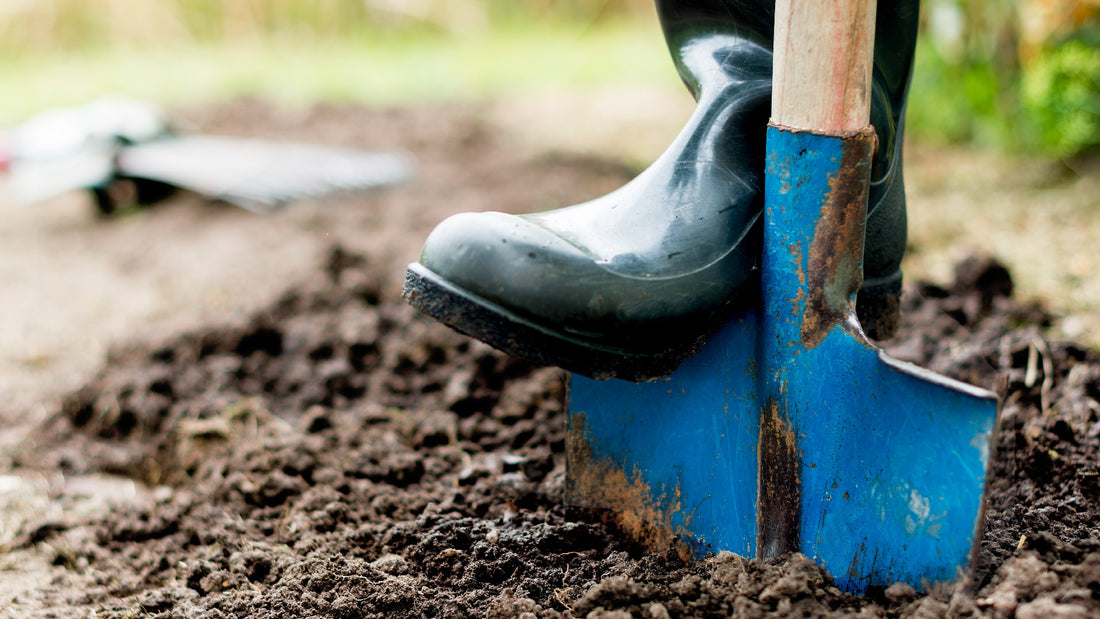
How to Start an Organic Garden
For a quick how-to on best practices in building and maintaining an organic garden, follow the following six steps.
- Step 1: Begin with the End (in mind)
For any long-term idea, backwards planning helps turn that idea into reality. Reverse planning is especially crucial before planting an organic garden, as gardens take time and patience to grow. Putting time in on the front end will result in a luscious, successful garden and remove taking steps backwards later on in the gardening process. Ask yourself, what sort of aesthetic do you want to achieve? Will the plants be decorative or edible? Will you select plants to attract certain desirable creatures such as hummingbirds and butterflies? Can you purchase the plants locally/easily? Do you want to start with organic seeds and sprouts? What plants cooperate with your environment and local weather patterns? Does growing organic matter to you? If it does, look for plants potted with organic soil amendments and conditioners, rather than chemical fertilizers. Also, think about your garden layout. Do you want the garden to be laid out in rows? Organized in squares? Organized by seasonality of the plant? Or, how about some type of pattern? Will the garden be only one-season or will it go through multiple blooms? Learn what plants bloom at different times throughout the growing season in your region. What about winter interest? Lay out a rough blueprint of how you want your garden to look. This will allow you to consider (or talk to a local expert at a organic nursery) which plants fit nicely and which don’t.
- Step 2: Choose the garden location
It is important to carefully consider where your garden will be located. Concerns to keep in mind when selecting your garden location are: the amount of sunlight that will reach the area and the ability for water drainage. An added perk to site location for your organic garden is finding a spot within eyesight of your house, for you to enjoy your hard work.
- Step 3: Get your hands dirty
You’ve thought about the space for your organic garden, you’ve decided on which plants you want to grow... now it’s time to get in and dig. Rope off the area allotted for your garden and start digging. Turning and prepping the soil is vital to your garden's success. This step is the most time-consuming and physically demanding, so after getting your hands dirty, the rest is a breeze.
- Step 4: Nourish your soil
It’s no tricky math equation: healthy soil = healthy growth. Take the time here to really nourish your soil and choose organic, nature-friendly substances that will organically aid your gardens growth. Amend the soil with lots of organic matter to provide soil structure and nutrients. Compost is a trendy and natural way to add nutrients to your soil, but we recommend using EM•1® Bokashi to help neutralize the odors accompanied with composting and to help break down the compost to a more useable level. Another natural way to help promote soil building is by using amicrobial inoculent like EM-1, which will enhance the soil quality and help retain moisture. Choosing to incorporate organic soil builders will help green-out your green thumb.
- Step 5: Planting
When planting, make sure the root ball is moist and saturated with water. Additionally, it’s a good tip to use a garden pick to break away the root ball encasing so the roots can grow out freely and uninhibitedly. Place the plant in a hole as deep as the root ball, but twice as wide. Fill the hole back up with the soil, pat it back in place and water and some EM•1® (about 1/2 gallon of Activated EM•1® for a 10-gallon tree). You can also add in some nutrients at this time to start the tree off well. (If you live in a desert area, a little trick is to put a 1/2" diameter pvc pipe about three feet down in the ground to water down where the roots go.)
Once your garden is planted in entirety, cover it with at least 3 inches of organic mulch. This helps suppress weeds and maintain moisture.
- Step 6: Labeling (optional)
It’s recommended to label each individual plant so you can quickly recall its name and treat it accordingly.
